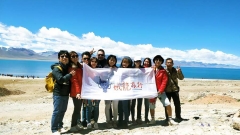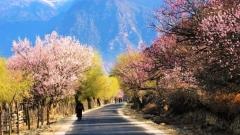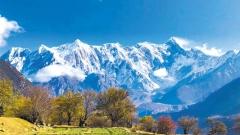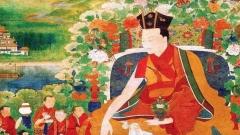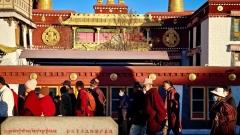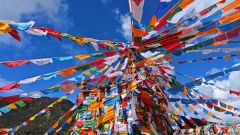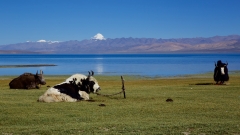Tibetan tea culture is a unique reflection of life on the plateau. If you’ve traveled to Tibet or plan to, you’ll likely come across two iconic drinks: Tibetan sweet tea and butter tea. Both are beloved by locals and visitors alike, but they are very different in taste, ingredients, and purpose.
So, which one suits your taste buds better? Let’s take a closer look!
What Is Tibetan Sweet Tea?
Tibetan sweet tea is the perfect choice for those who enjoy a light, smooth, and comforting drink. It’s made with:
-
Black tea leaves
-
Fresh milk
-
Sugar
The result is a creamy, slightly sweet tea that’s similar to milk tea or Hong Kong-style tea. It’s popular in Lhasa tea houses, where locals gather to chat, read, and relax.
When to Drink It:
Sweet tea is often enjoyed during breakfast or as an afternoon treat. It’s easy to drink and goes well with Tibetan bread or noodles.
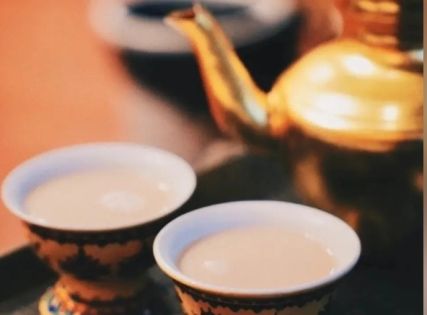
What Is Butter Tea?
Butter tea, or Po Cha, is a traditional Tibetan staple. It’s made with:
-
Brick tea (a type of fermented tea)
-
Yak butter
-
Salt
-
Water
(Sometimes milk is added too)
The tea is churned until it becomes thick and frothy, with a rich, salty flavor. It might be an acquired taste for some, but it’s deeply satisfying — especially in cold weather.
Why Tibetans Love It:
Butter tea provides warmth and energy. It helps combat the dry air and high altitude of the plateau. Locals drink it multiple times a day, and it’s also offered to guests as a sign of hospitality.
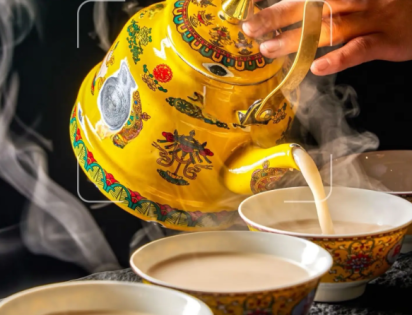
Sweet Tea vs. Butter Tea: Key Differences
| Feature | Sweet Tea | Butter Tea |
|---|---|---|
| Taste | Sweet and creamy | Salty, rich, and slightly oily |
| Main Ingredients | Milk, black tea, sugar | Yak butter, tea, salt |
| Purpose | Refreshment | Nutrition and warmth |
| Popular Where | Lhasa and tea houses | All over the Tibetan Plateau |
| Best With | Snacks or breakfast | Tsampa or momos (dumplings) |
Try both!
If you’re traveling through Tibet, it’s worth tasting both sweet and butter tea. You’ll not only experience local flavors, but also get a glimpse into Tibetan daily life and traditions.
-
If you prefer familiar flavors: Start with sweet tea.
-
If you want a bold, authentic experience: Go for butter tea.
Classic route recommendation:
8-Day Classic Tibet Tour: Lhasa, Everest, Namtso & More $ 965
10-Day Flight-and-Train Deluxe Tibet Tour: Lhasa, Everest, Namtso & More $ 1464
Final Thoughts
Tibetan tea culture is more than just a drink — it’s a part of everyday life and social bonding. Whether you find yourself sipping sweet tea in a Lhasa tea house or warming up with butter tea in a nomadic tent, you’ll discover that each cup tells a story.
So, which one do you prefer: Sweet tea or butter tea? Let us know in the comments!




